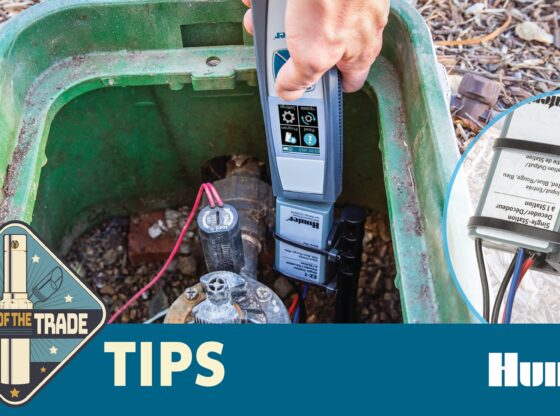Most in the Green Industry have heard the term “Storm Water Retention ” many times and seen all the activity by governmental bodies to implement it. Some are asking why it’s important, what’s the deal?
Before humans intervened, rain water would flow to the rivers through the many swales and creeks that developed over the centuries. No issue. Then people began building communities that grew to cities. As the cities grew, land was reshaped. The natural waterways were interrupted and rerouted.
Alone that’s not much of an issue. However, as cities grew sewers were installed to handle our waste. Later because we didn’t like the idea of raw sewage waste being dumped into our rivers, we built sewage treatments plants. They were scaled to handle the volume of sewage at the time, same as the sewer piping system.
When we rerouted natural drainage ways we often routed them through the sewer system. Which means all that rain water being gathered by the storm sewers in our streets is also being processed by the sewage treatment plants. It worked for awhile.
But our cities kept growing. Sewage piping and sewage treatment facilities became under sized. Now we have a problem. After a big rainfall, many cities do not have the treatment capacity to handle the large volume. Which means partially treated sewage is temporarily being discharged into our rivers.
The EPA is saying to our cities, “No more.” Some are even under threat of lawsuit if they don’t fix the issue. The cities have a big costly problem. What can a city, already under financial stress, do?
Upgrade sewer lines and treatment plants
Think about that for second. Upgrading means replacing small pipes with bigger ones and either renovating or replacing the treatment plants. First off the cost is huge, second think about the disruption as streets are ripped open to install new pipe.
Technology has helped. Pipe bursting methods and boring has helped get larger lines installed. But there is so much to be done it will be years before the piping network can be made acceptable. New treatment plants are expensive. Cost and disruption are holding back the infrastructure upgrades needed.
Remove storm water from the system
If rainfall had somewhere else to go other than the sewer system, that would help immensely. A variety of methods are being employed. All of them involve slowing rain water from entering the sewer system or sending it somewhere else.
Rain Gardens- depressions built into a landscape that trap rain water run-off giving it time to percolate into the soil or at least delay it entering the sewers. Same theory with water retention ponds.
Rain Water Harvesting Systems- collects rain water to be used in some manner. Could be irrigation, flushing toilets, etc.
Watershed Rehabilitation- Once we rerouted the natural watershed into our sewer systems. Now we’re trying to rebuild the natural watershed to get the rainwater out of our sewer systems.
All methods are being promoted and practiced. None by itself will correct the problem. So that’s why you see so much effort in promoting all this stuff.
Environmental conscientiousness and water conservation are the messages used to reach the citizenry who would find it difficult to grasp the mechanical complexity of our sewer systems. But it comes down to an old mechanical system that has been outgrown and is extremely costly to renovate.











